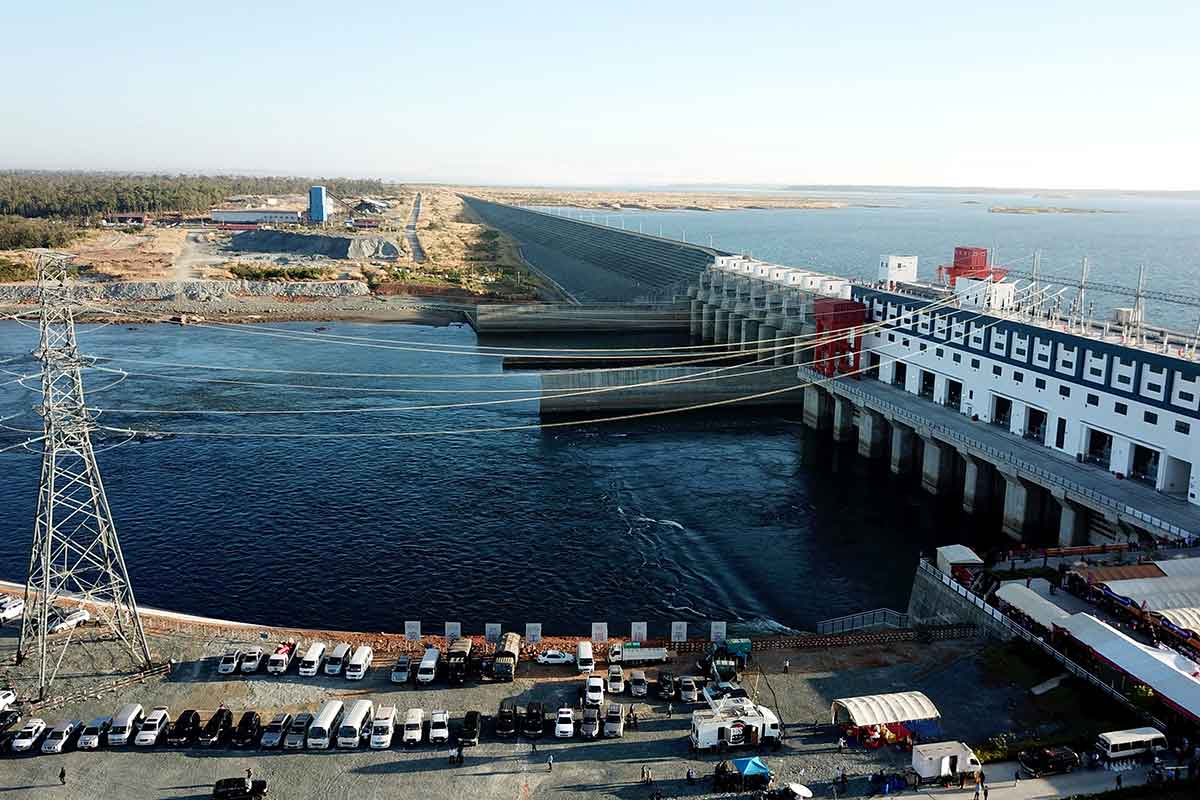Cambodian premier Hun Sen on Monday opened the country's largest hydropower scheme, swatting aside dire warnings about the environmental impact of the US$780 million project and its effect on local communities.
Backed by Chinese funding, the impoverished Southeast Asian nation has embarked on a dam-building spree in recent years, as it tries to boost its energy capacity and jump-start its economy.
But the 400-megawatt Lower Sesan 2 is one of several dams criticised by environmentalists for threatening crucial fish stocks along Mekong river waterways.
An estimated 5,000 people - mostly from marginalised indigenous groups - have been resettled due to the project, according to activists, while a few hundred remain.
Hun Sen strongly defended the controversial scheme at the official opening in the north-eastern province of Stung Treng, saying affected villagers were compensated with houses and land.
"Most people support this development project, but some villagers created a difficult situation due to incitement by some foreigners," he said, adding that the hydropower dam would help reduce electricity costs.
The United Nations (UN) has previously raised concerns about the dam while some scientists had joined calls for it to be halted over fears for the region's food supply.
The NGO International Rivers has warned it will have a "costly catastrophic impact on the Mekong River's fisheries and biodiversity".
Maureen Harris, Southeast Asia program director with the group, told the media the threat is "especially acute in Cambodia", where local people get up to 80 percent of their animal protein intake from freshwater fisheries.
Built along tributaries of the Mekong, The Lower Sesan 2 is a joint venture between Cambodia's Royal Group (39 percent), Chinese state-owned Hydrolancang International Energy (51 percent) and Vietnam-based EVN International (10 percent).
The plant will be handed over to the Cambodian government after 40 years of operation.
Cambodia has also come under fire for allowing companies to clear hundreds of thousands of hectares of forest - including in protected zones - for everything from rubber and sugar cane plantations to hydropower dams.
Rights groups say evicted villagers are often given inadequate compensation or forcibly moved in the process.
Southeast Asia's dam-building boom has come under scrutiny after a collapse in neighbouring Lao PDR in September killed dozens.
Following the disaster, which sent floods of water downstream to north-eastern Cambodia, Hun Sen called for more cross-border disaster management. - AFP
